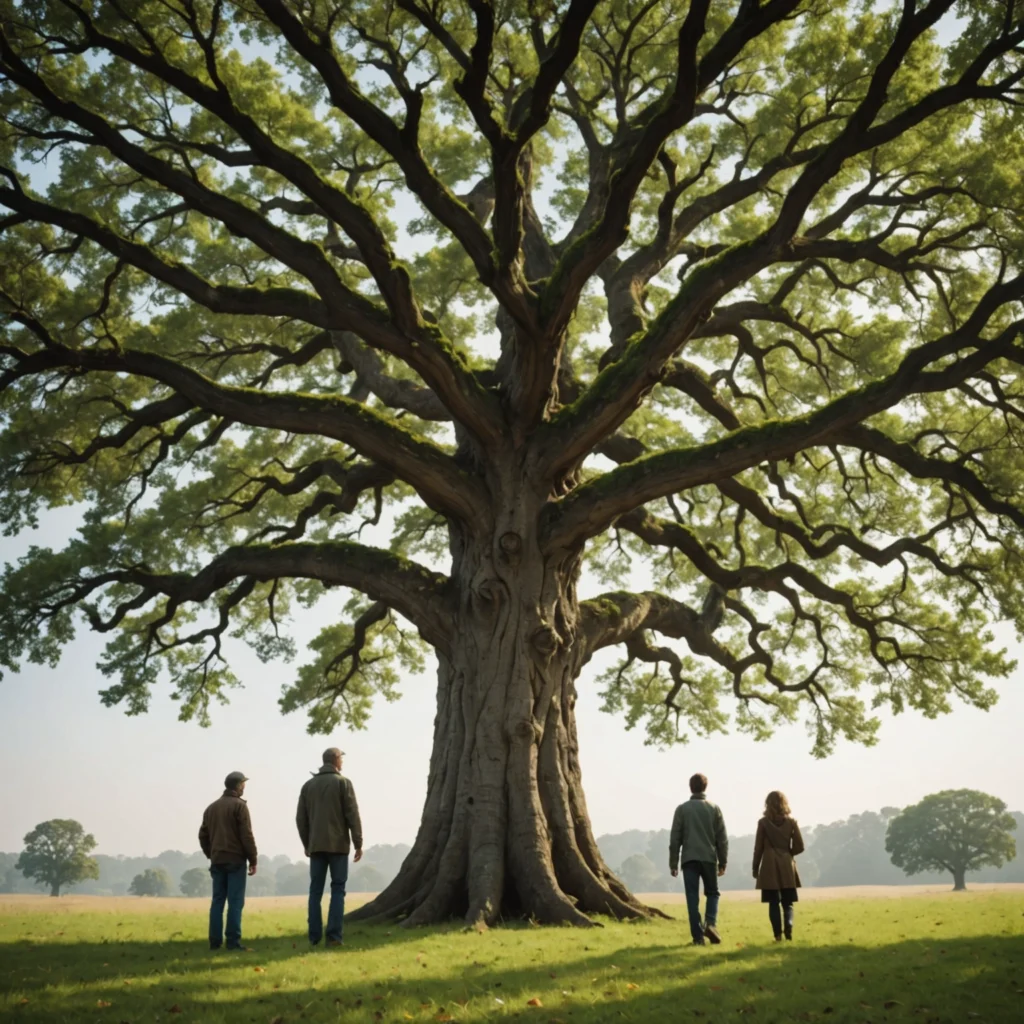
Introduction
Researchers around the world revolutionize how we view ancestry by transforming static family trees into dynamic movies. They innovate with advanced statistical methods that trace geographic movements over centuries. Consequently, scientists integrate interdisciplinary ideas and computational breakthroughs to reveal hidden migration patterns. Moreover, they inspire communities to explore their roots in a completely new way.
The Evolution of Ancestral Visualization
In the past, experts relied on static portraits that merely captured snapshots of lineage. Today, researchers create animated representations that sequentially map ancestors’ journeys. They deploy algorithms that process thousands of genetic data points while tracking routes across continents. Furthermore, these animations enable viewers to experience captivating narratives of displacement, settlement, and growth. In addition, the innovative technique frequently unravels surprising connections among families worldwide.
How It Works
Scientists collect genetic markers and historical data, then design a timeline that corresponds with migratory events. They follow a systematic process that involves:
1. Gathering extensive genetic databases from diverse populations;
2. Applying sophisticated statistical models to predict movement paths;
3. Synchronizing geographic coordinates with chronological data;
4. Rendering an animated sequence that displays migration flows visually.
These steps empower researchers to create compelling narratives that illustrate the dynamic nature of human history.
Applications Beyond Family History
This breakthrough not only redefines genealogy but also enhances our understanding of various phenomena. Researchers apply these methods to study the spread of diseases while tracking how pathogens travel through populations over time. In a similar way, wildlife biologists employ the technique to observe animal migrations and environmental adaptations. Additionally, experts in epidemiology estimate disease outbreak patterns by linking genetic mutations to transmission routes. The method opens doors to practical applications that benefit both human and animal health research.
Key Advantages
Multiple benefits surface when researchers use animated genetic trees rather than static models. For instance, viewers witness:
- The fluid progression of ancestral routes,
- Real-time depiction of migratory bursts,
- An enhanced ability to recognize regional clusters,
- A deeper personal connection to historical narratives.
Furthermore, the approach inspires innovation in public education and museum exhibitions, thereby captivating diverse audiences with engaging, data-driven displays.
Comparative Analysis
Experts have drawn comparisons between traditional static portraits and animated genetic trees. The table below summarizes major contrasts:
| Aspect | Static Portraits | Animated Movies |
|---|---|---|
| Data Presentation | Snapshot view | Continuous narrative |
| User Engagement | Limited interaction | High interactivity |
| Historical Insight | Isolated events | Complex journeys |
| Educational Value | Moderate | Enhanced and comprehensive |
Such a comparative tool helps stakeholders appreciate why animated versions deliver richer context and profound analytical insights.
Stories from the Field
Many researchers document personal stories that emerge from this research. One scientist excitedly explains how his own family history came alive when viewing ancestral migration patterns on a digital canvas. Another expert relays how public enthusiasm increased dramatically when communities experienced their heritage as an unfolding journey. Consequently, audiences gain tangible connections to complex genetic narratives that previously eluded them. These moving stories resonate deeply and foster a renewed interest in historical research.
Future Prospects and Innovations
Policymakers and educators predict that the animated model will continue to evolve and expand. Researchers already plan to integrate artificial intelligence to refine predictive accuracy and interactivity. Moreover, developers collaborate with historians and anthropologists to create augmented reality experiences, thereby allowing viewers to navigate through time as if they were present during historic migrations. In addition, various sectors such as public health, urban planning, and environmental studies stand ready to benefit from these advancements. Ultimately, the future promises immersive, data-rich storytelling that blends science with human interest in unprecedented ways.




